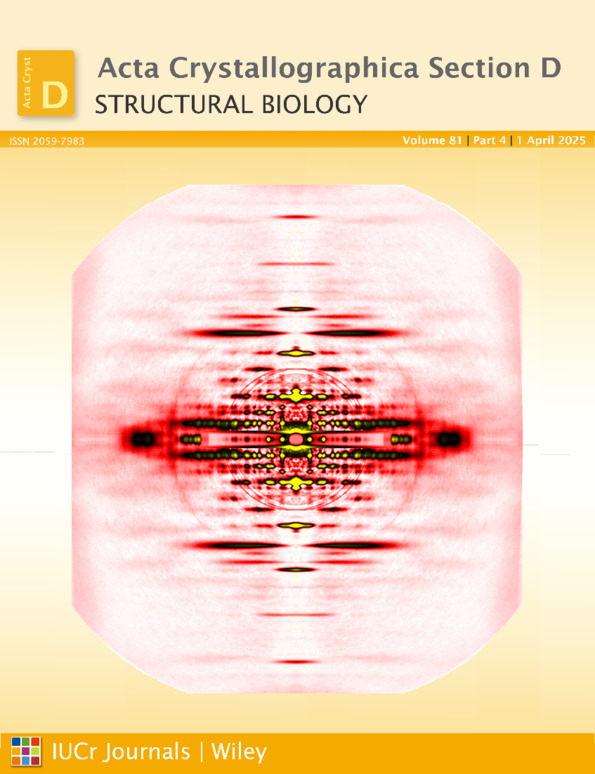Restoration of the 3D structure of insect flight muscle from a rotationally averaged 2D X-ray diffraction pattern
Abstract
The contractile machinery of muscle, especially that of skeletal muscle, has a very regular array of contractile protein filaments, and gives rise to a complex and informative diffraction pattern when irradiated with X-rays. However, analyzing these diffraction patterns is often challenging because (i) only rotationally averaged diffraction patterns can be obtained, resulting in a substantial loss of information, and (ii) the contractile machinery contains two different sets of protein filaments (actin and myosin) with different helical symmetries. The reflections originating from them often overlap. These problems may be solved if the real-space 3D structure of the contractile machinery is directly calculated from the diffraction pattern. Here, we demonstrate that by using the conventional phase-retrieval algorithm (hybrid input–output), the real-space 3D structure of the contractile machinery can be effectively restored from a single rotationally averaged 2D diffraction pattern. In this calculation, we used an in silico model of insect flight muscle, which is known for its highly regular structure. We also extended this technique to an experimentally recorded muscle diffraction pattern.




